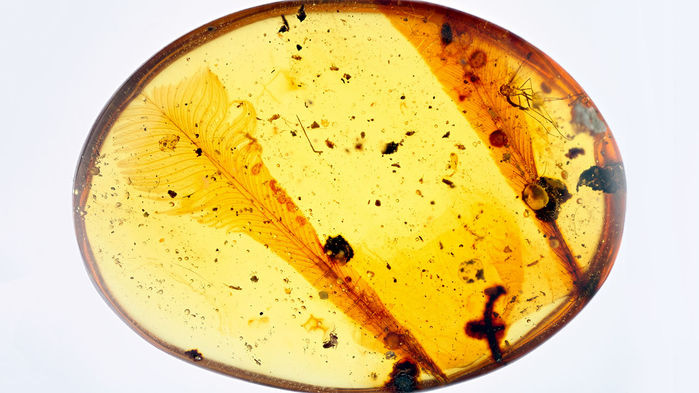In all modern feathers, the central shaft or rachis is a hollow tube. But the ancient ribbonlike tail feathers are fundamentally different, with a shaft that’s more like a half-cylinder, flattened and open on one side. They also have significantly reduced feather barbs on either side of the shaft, compared with modern flight feathers. These tail streamers would have stuck out straight and rigid, like an extended tape measure, explains co-author Ryan McKellar of the Royal Saskatchewan Museum in Regina, Canada.
But the streamers were also insanely thin. “The thickness of the rachis in some specimens is 3 microns thick. That’s less than the size of the average cell,” O’Connor says. (Human red blood cells are about 7.5 microns thick.) “How could something be so thin and maintain structural integrity?” She believes the thinness and the half-formed shaft were a way to economize, making the feathers much less energetically demanding to produce.
The author needs to get out more. There are plenty of equally weird or weirder feathers in modern birds. Try a curl-crested aracari, or some of the stranger birds of paradise, for example.
